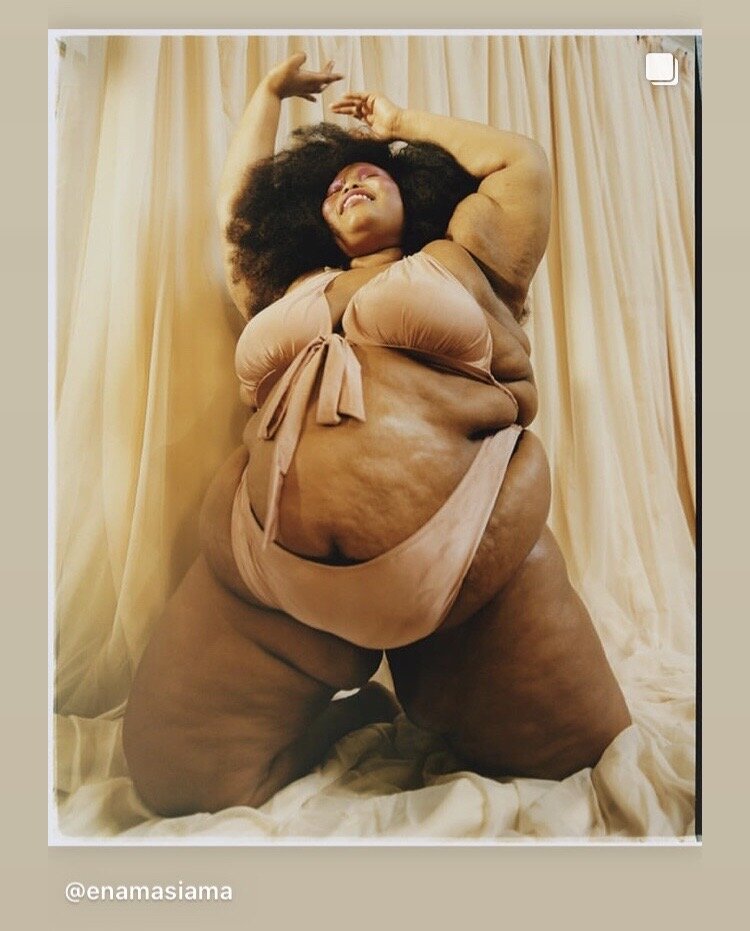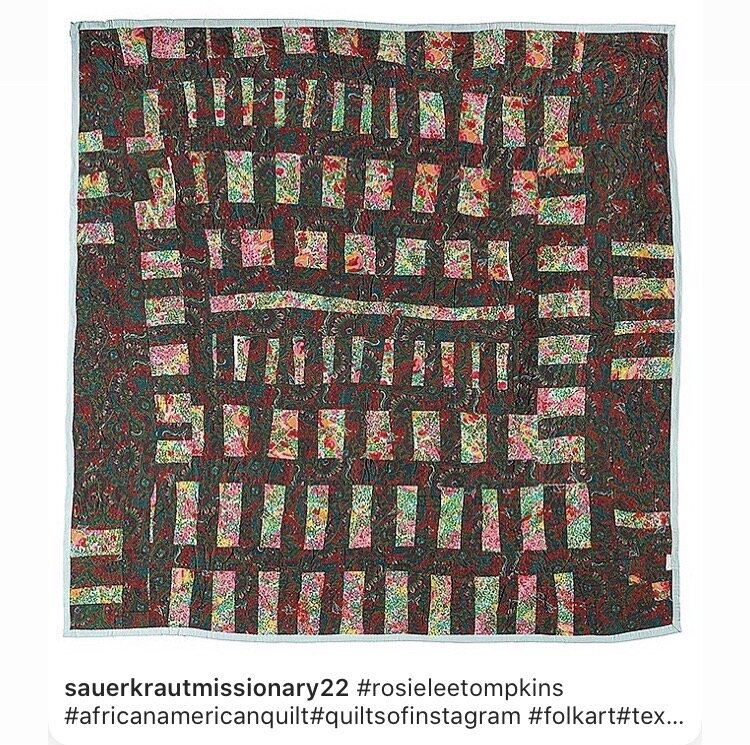Written content - Energy checking art project
On October 14th, Leila and Kathryn will facilitate a session on core-centered/energy-checking fabric-play art project.
The following instructions (plus Energy!) will guide you through the process of making a beautiful, colorful, fabric expression from your heart.
Purpose:
To practice listening to and trusting yourself.
To find and experience those moments of "an exclamation mark in your heart" (i.e., that moment when you hit upon The Thing that lights you up).
To create and look upon something that is beautiful to you.
You can analyze what/why you like what you like later, but what is being offered here is a process for experiencing embodied YESes and—just as importantly—embodied NOs.
You will need:
(Note: I added links [in blue] to the definitions of more technical art/craft terms or items.)
A flat surface.
Clear space to spread out.
To be centered in your core. This includes giving yourself the things that you need—do you need solitude? quiet? to be outside? to be alone-but-around-other-people/in the middle of things? to be doing some prayer/body- and/or breath work? to have had a pre-game nap and/or snack? Coming from a place of MET NEEDS will make a big difference to your experience!
Optional supplies:
Fabric scissors, if possible (I have put this first because this is my only borderline "optional" item that feels more like a "you-will-need" item; brand-new/very sharp regular scissors might work, but scissors that are designed for use on fabric will feel like upstream self-care—trust me on this one).
Depending on how you want to proceed with your project, you may also want:
Needle and thread
Embroidery floss or thick thread (e.g., sashiko, perlé, quilting)
Sewing machine
Thick paper
A stretched canvas
Modge Podge crafting glue or any other kind of glue
Paints, paintbrushes, and other art supplies
A stapler
A large piece of fabric to be used as background
An item of clothing that you want to mend with visible mending
A weaving loom
Beads
Paper cut-outs for collaging
Process:
You may or may not want to start thinking about the kind of process and project you want to undertake. You may want to be guided entirely by the communication between your fabrics and your core, in the moment. You may not want to feel like you have to commit to a firm idea of what your process/project may look like. You may want to choose a project/process now and then practice flexibility when your fabric scraps don’t immediately seem to work for your ideas. You may want to have the structure of a plan and then let spontaneity and “making things work” be the spirit in which you work. Maybe you’re not sure. Already this is a time to feel what is a Yes and what is a No or a Maybe.
Here are some ideas for what process can look like.
Start by playing:
Spend time with the scraps to learn what speaks to you. Arrange and rearrange them on a background of some kind until you gain an understanding of the connections between colors, shapes, textures, directions, layers, lines, and forms. You may feel “an exclamation mark in your heart” as you play. As you notice variations/analogies among the values of saturation, pattern, etc., create analogous (i.e., next to each other on the color wheel—like red, orange, yellow), monochrome (i.e., varying shades of the same color—like beige through deep gold), or high-contrast (i.e., across from each other on the color wheel—like yellow-blue or red-green) groupings and see how they feel.
Sort the scraps into piles of Yes and No and Maybe.
See what happens when you try to use all the scraps in a way that looks good to your eyes. See what happens when you try to use only two of the prints in your scraps in a way that looks good to your eyes.
Think about what could be the/a purpose of what you're creating: Is it something to look at? To touch? To listen to? To gift to someone else? To explore an idea? And more! Add the purpose of your creation to this list!
Then, make! Here are some ideas. Choose ONE that feels like a YES to you :
Cut the scraps into strips and knit or crochet them together.
Use a loom (or not) to weave the scraps into a wall hanging or trivet.
Add beads to the fabric, either by stitching sequins/beads onto flat, stabilized fabric, or by threading fabric through beads.
Cut shapes out of the fabric, using the fabric print as a guide—or make your own.
Adhere the scraps to a background (paper, other fabrics) with Modge Podge or stitching.
Create a new fabric swath by cutting or ripping the scraps apart and sewing them together differently.
Make a fringe by stapling the tops of fabric strips to a piece of sturdy paper or card.
Create abstract, layered shapes, using the order they have been sent to you as inspiration.
Create a vignette by arranging the shapes in a manner that is pleasing to you, perhaps with repeats or to tell a story.
Compose a still-life painting by cutting a vase shape out of one fabric and then lots of organic plant shapes out of other fabrics.
Make a fabric portrait of yourself or your pet.
Make a map—either flat plane or 3D.
Make a collage with the fabric scraps and paper cut-outs. Incorporate a photo (preferably one that is a copy or one you feel OK with reinventing) to create a story, remind you of a memory, or send a message.
Make a fabric postcard! You decide how ;-)
Cut holes in one piece and layer it on top of another scrap to let the underneath fabric show through in spots or shapes.
Use the scraps to make to a vision/inspiration/mood board of colors and shapes that look good to you, either grouped as a palette or individually.
Paint a piece of paper and then start layering fabrics, perhaps using more paint to adhere the scraps.
Do visible mending (also known as boro mending or sashiko) by sewing scraps to a garment, bed linens, or a teatowel (PS I highly recommending clicking on those links for some exquisite examples!).
Paint the fabric.
Create a rainbow or an ombre color fabric cascade with gradations of colors/values.
Or, whatever you want!
The photos below (curated by Leila) are for your inspiration; reach out if you would like to know their sources. Also, here are some more links to check out!
























































































